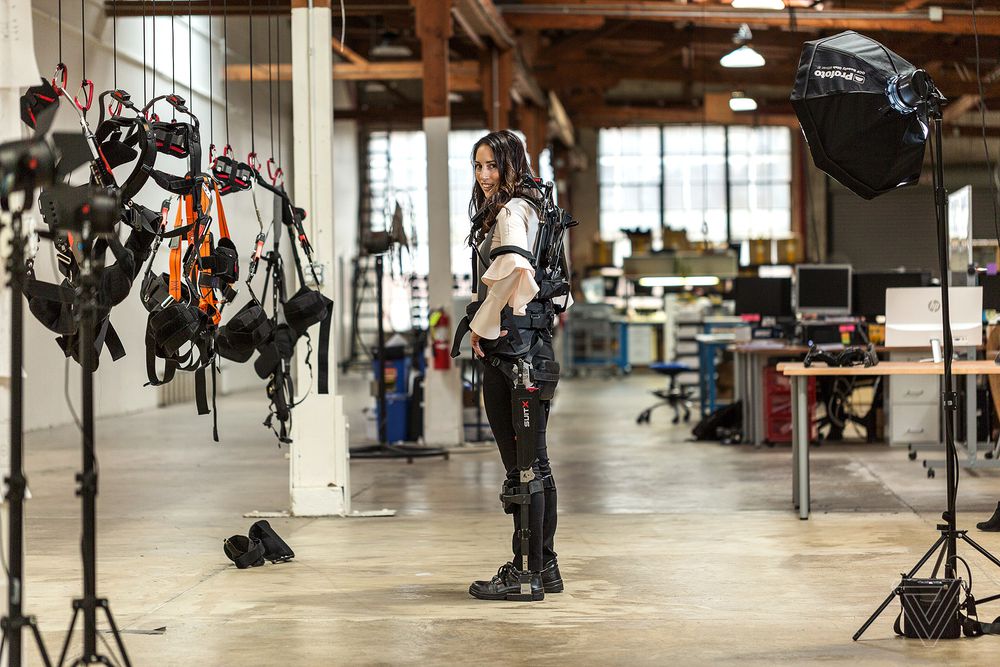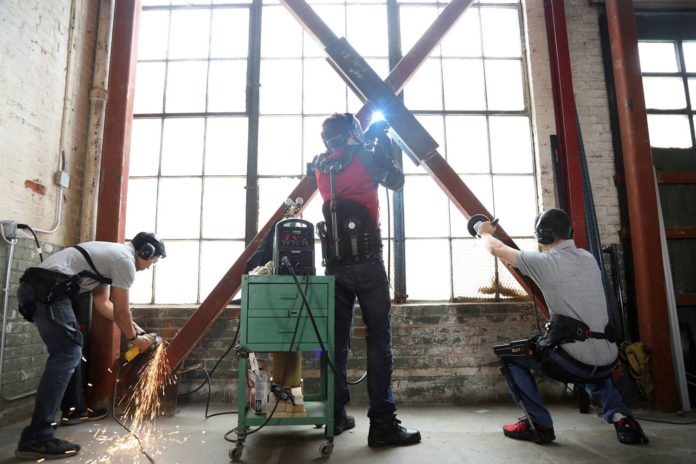In recent years, more and more companies are already involved in the development of exoskeletons, which are sometimes also referred to as “wearable robots.” In essence, these are devices that support, cover, and protect the user, offering tremendous strength and power. These Iron Man-like skeletal armors are often used by patients with mobility problems, but in recent years have become extremely popular in both the military and construction companies.
SuitX is one of the leading manufacturers of exoskeletons and works with vehicle manufacturers General Motors and Fiat to integrate their technology into construction machinery.
By using mechanical exoskeletons, the company is improving the efficiency of warehouse workers as well as preventing injuries in a variety of jobs that involve heavy lifting. These robotic exoskeletons can be battery-powered and computer-operated, incorporating motors and hydraulics. It could also be a simpler, passive design that uses springs and dampers.

Retailers and developers are expected to bring 28,500 new warehouses into service by 2025 to meet the rising demand for e-commerce products. Along with this e-commerce boom, the help of automatons also arises: thousands of robots already ‘work’ in factories, take on logistical tasks. While some machines like Boston Dynamics’ new ‘Stretch‘ will play a vital role in taking up part of the workload, the human workforce still has an important role to play.
SuitX currently offers three exoskeleton models: ShoulderX, BackX, and LegX, which not only help users to lift heavy materials but also have the potential to help people with paralysis walk. The machines are designed to reduce muscle fatigue. By reducing muscle activity in the back, shoulders, and knees by 50%, the risks of injury are greatly reduced.
The mechanical exoskeletons are already being tested by companies such as General Motors or Fiat. Its purpose is to improve the efficiency and productivity of warehouse workers, reducing workplace injuries. Their wearable robots enable humans to carry out lifting jobs that would have otherwise required heavy-duty machinery.
And the prices of these exoskeletons may be quite high at the moment, but experts predict that as the market grows, the cost will decrease.
“Integrating humans and machines into one system opens up a new realm of opportunity,” Adrian Spragg, an expert on the technology at management consultancy Accenture, told the BBC. “Many of the early applications have been focused on military and medical applications, but in the last several years, there’s been an explosion of use in a range of cases.”
Exoskeletons are increasingly used by production workers. Consumer versions are also now being developed to help people more easily perform a range of activities from home decorating to walking, climbing stairs, and more.
